Morvania – Meat Sharing and other Food
21. February 2019
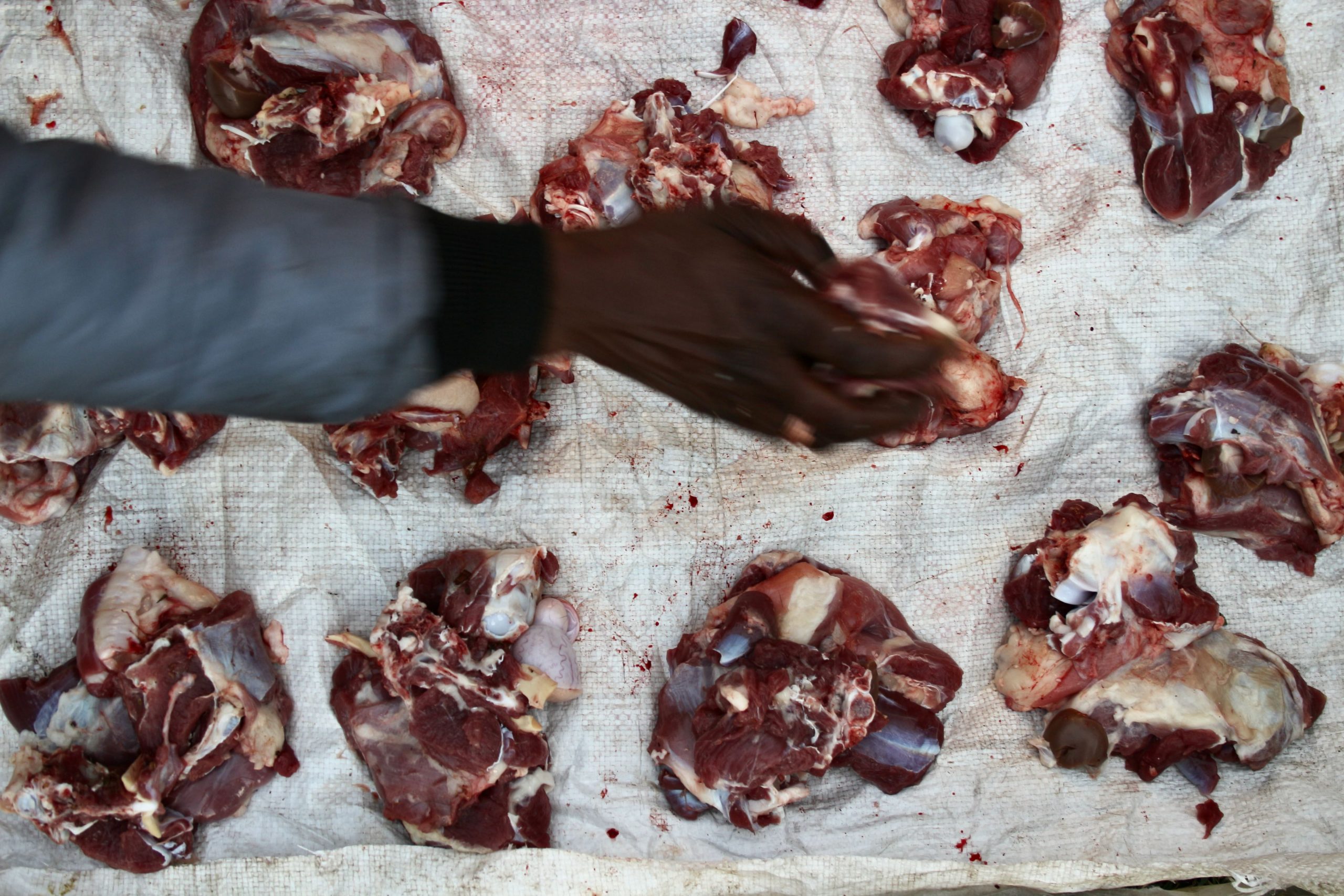
Morvania is a village not far from Udaipur. If you book a cycle tour in the Udaipur area, Morvania is often the destination. A colourful mix of Rajputs, Brahmins, other caste Indians, Bhils and Meena live here. The last two are Adivasi. There are around 300 people in 50 houses, making it just one of many similar villages in Rajasthan. One family has already opened their house for rest and catering for the cyclists or other guests on the tour. We spent the night there and found it absolutely suitable for other overnight guests. The host family is very kind and caring. But first a short walk through the village. On both sides of the road, little houses stretched up the hills.
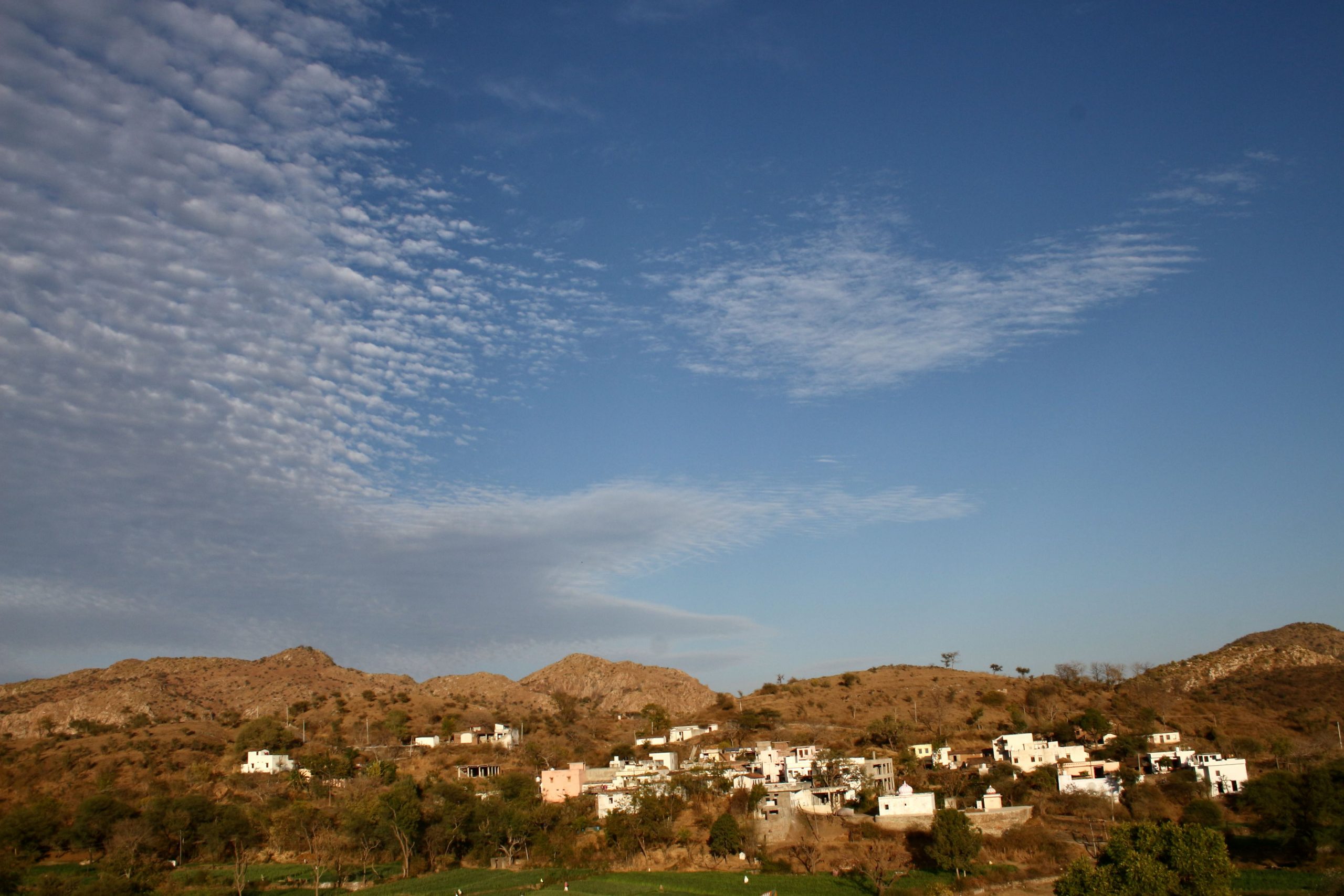 Morvania-part
Morvania-part
A fairly new kindergarten was set up by the government. Not only do the children receive solid, good meals and the two kindergarten teachers have a job, but great attention is also paid to the children’s health (weight, height, immunisations) and they start learning through play. They were not yet used to visitors.
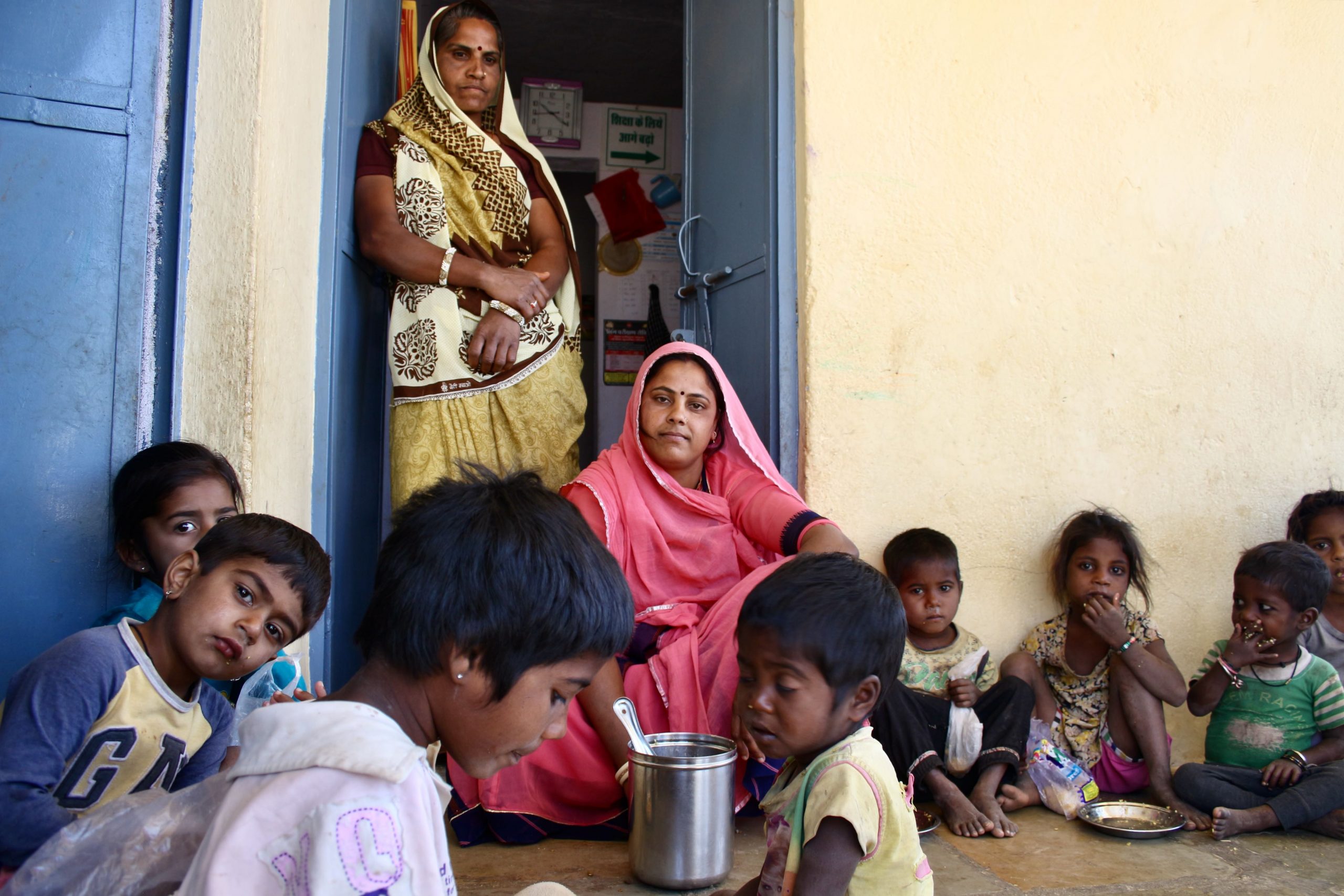 Kindergarten
Kindergarten
As in every village, there is no shortage of temples. Here is one with tigers.
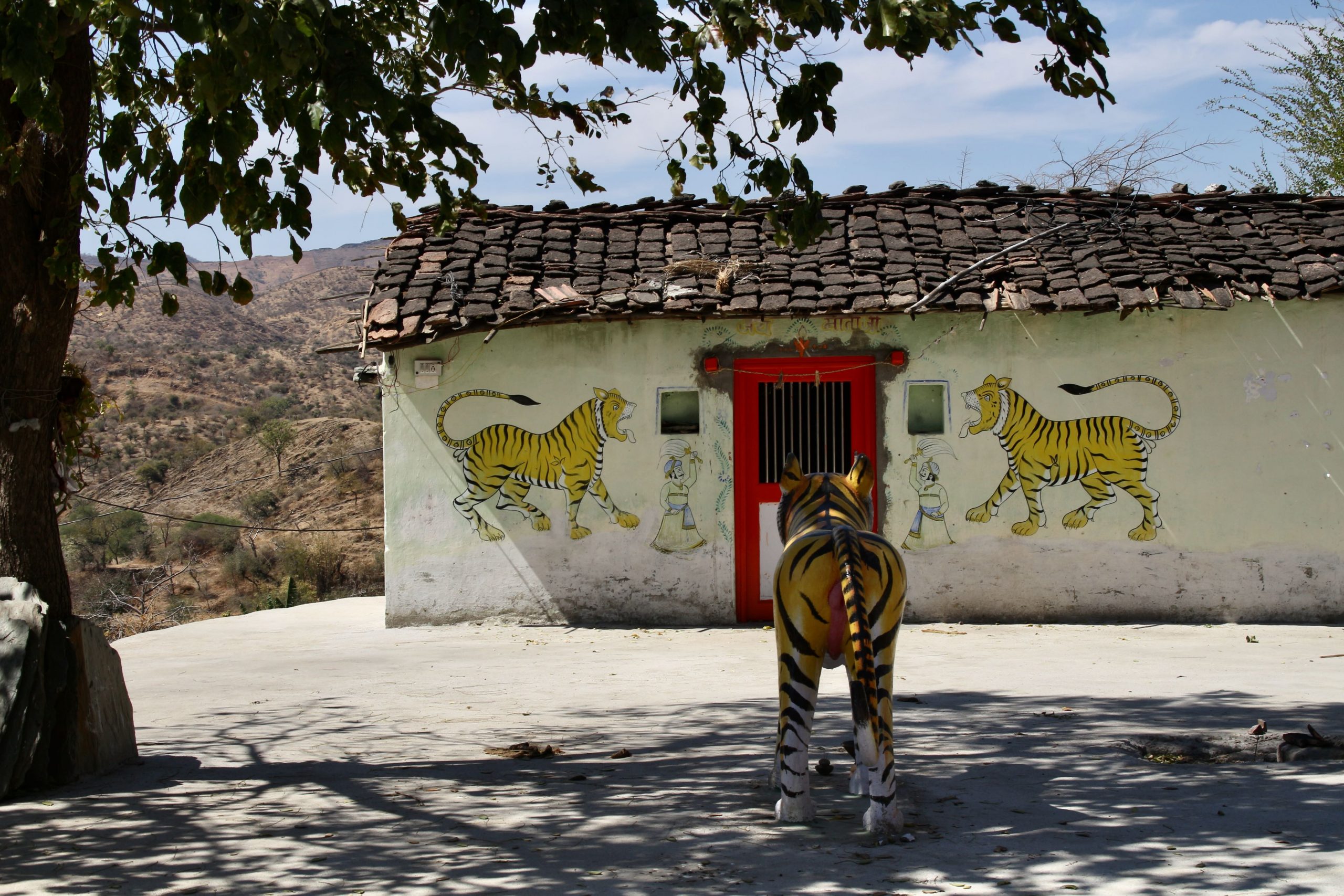 Tigertemple
Tigertemple
We visited a few families and realised that the poorest-looking dwellings – as everywhere else – belonged to the Adivasi.
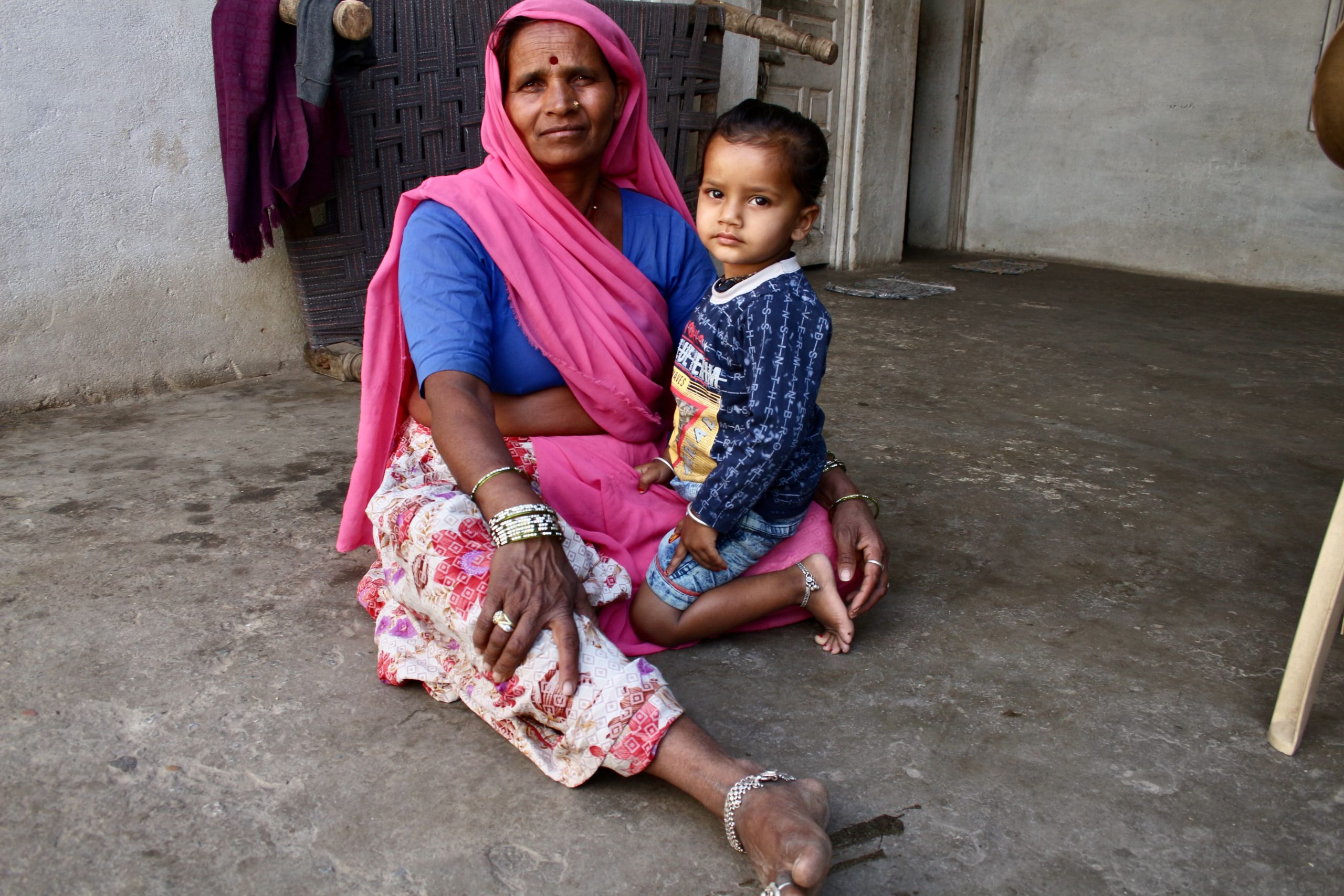 Mother and child
Mother and child
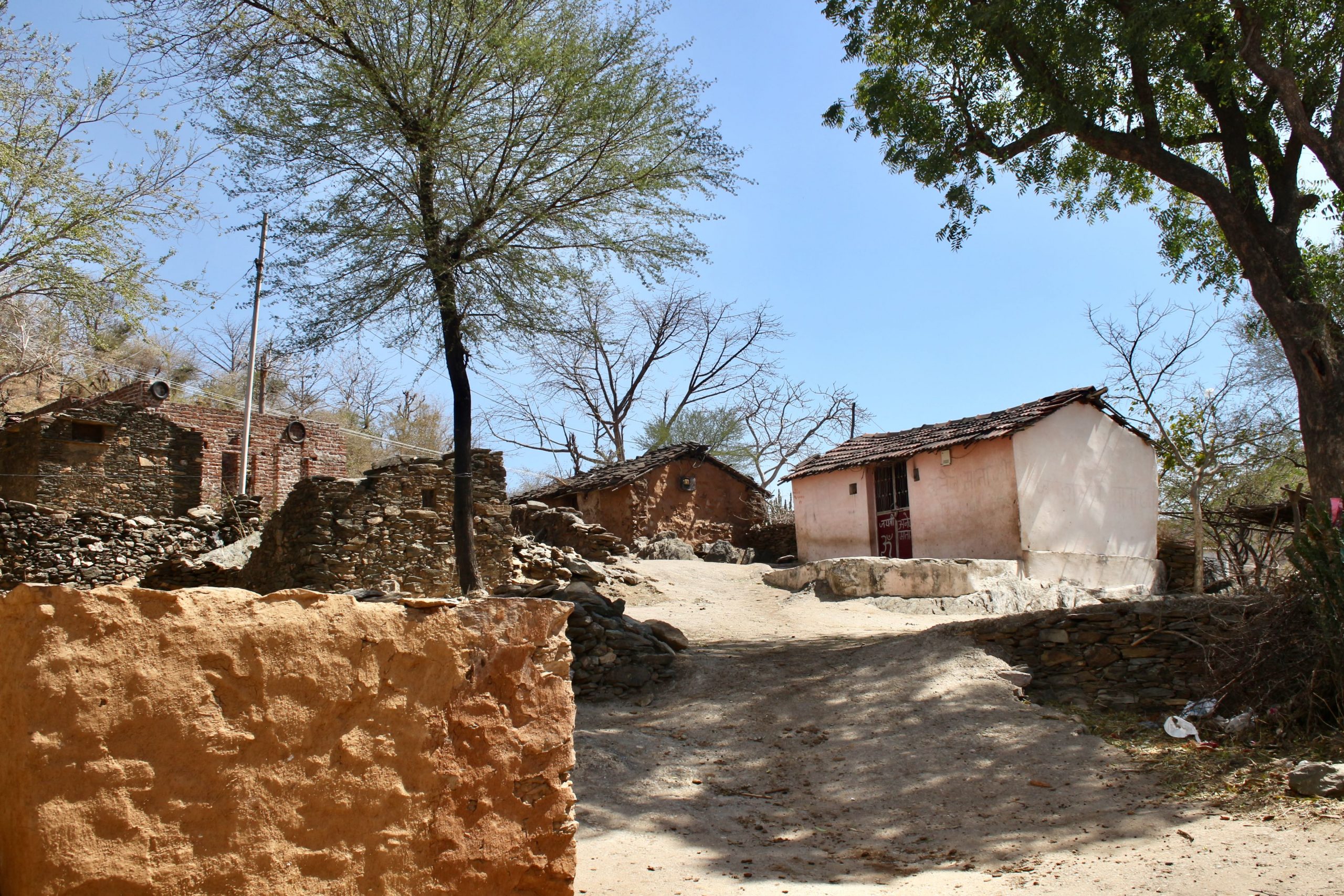 Adivasi-Dwellings
Adivasi-Dwellings
Back at the accommodation, we had a delicious meal. A new favourite dessert of mine: Gond ka Halva. We also had a variation of bafla, namely bafla bati. You can find more information and instructions on how to make it yourself here: https://www.mygingergarlickitchen.com/how-to-make-dal-bafla-bafla-bati-in-oven-and-pan-video-recipe/. It’s still on my to-do list of dishes I want to cook at home.
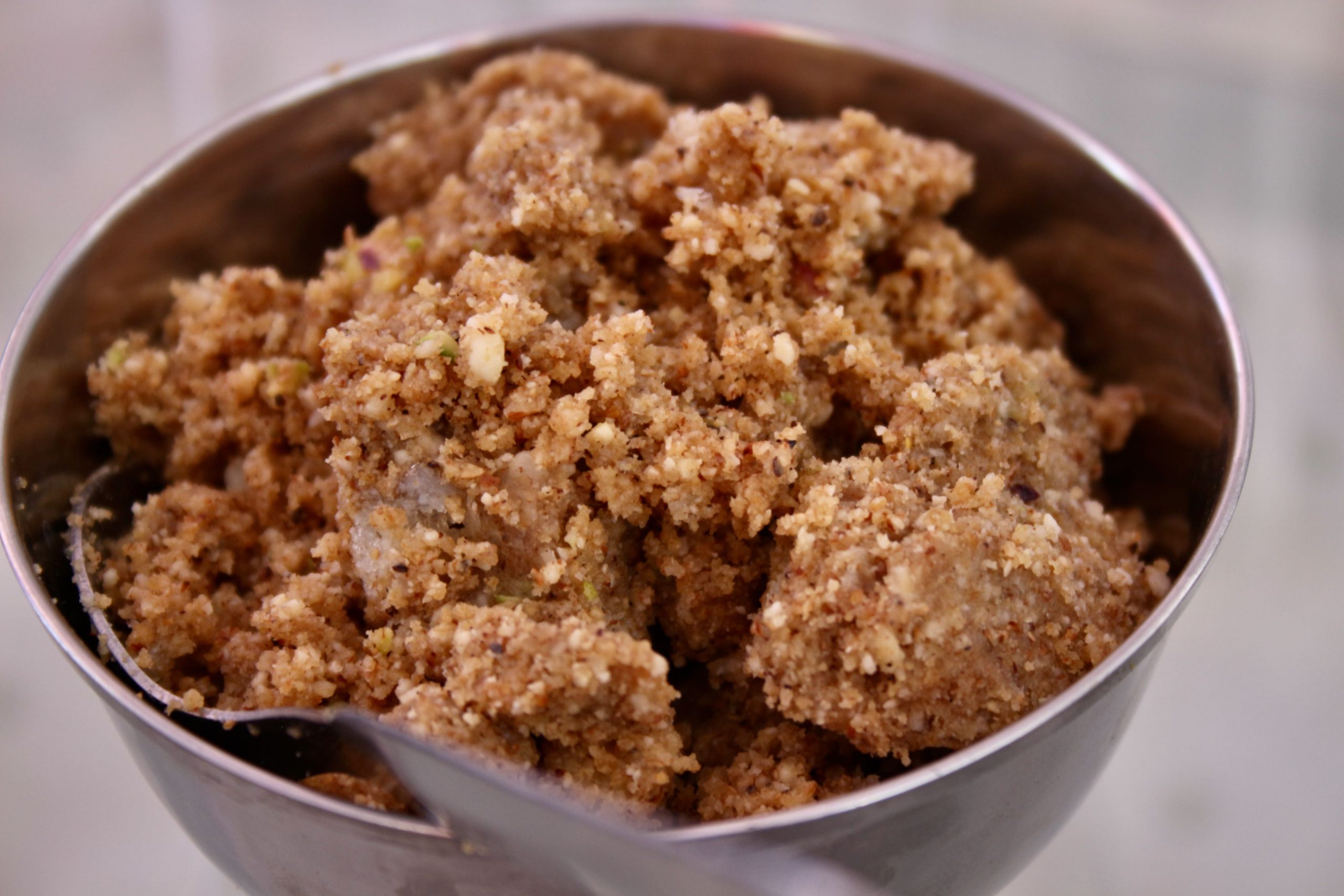 Gond Ki Halwa
Gond Ki Halwa
 Bafla Bati
Bafla Bati
Then we had to rest… From the roof of the house there was a great view of the beautiful late afternoon sky.
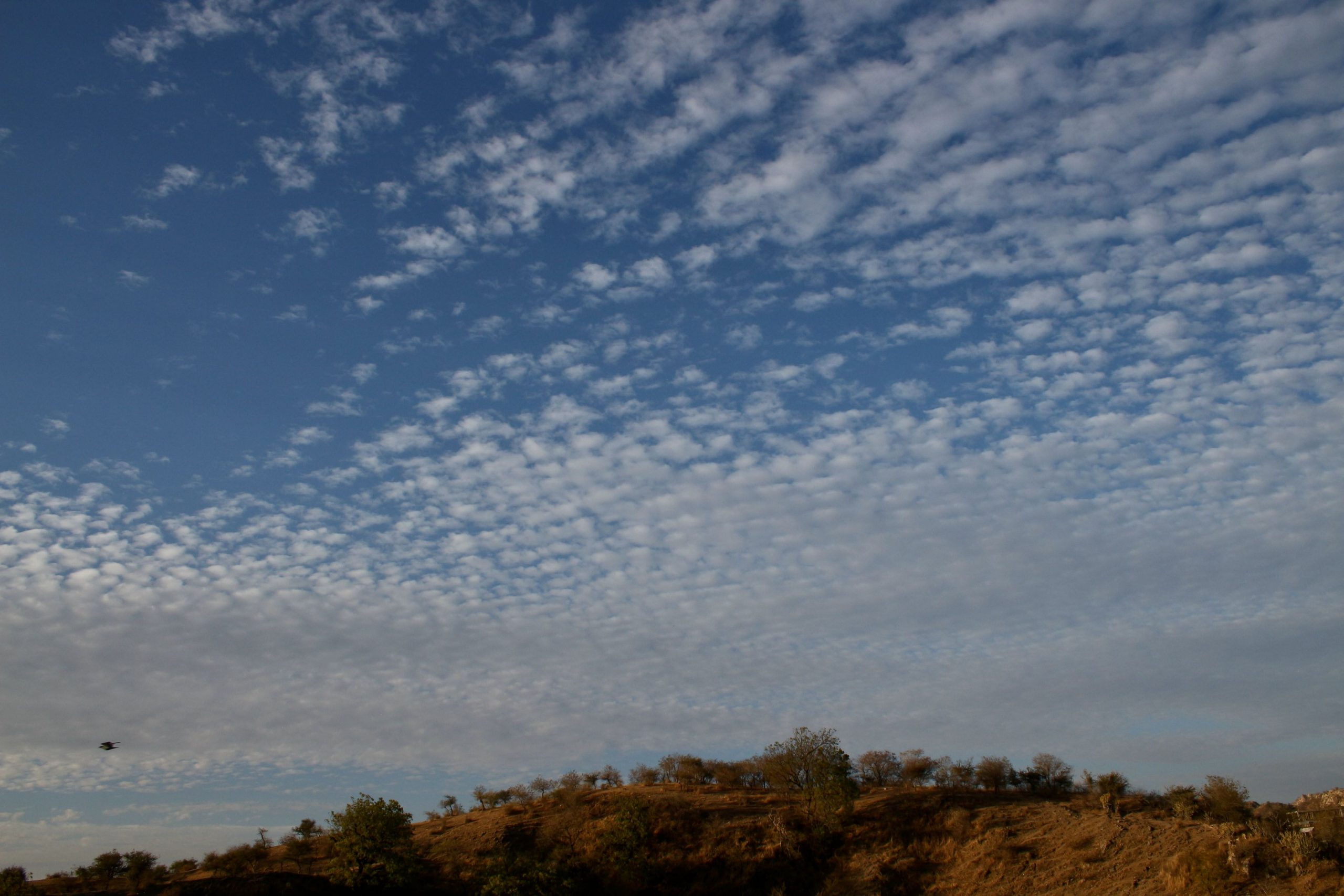 sky
sky
And downstairs. And from there I could see that something was going on behind the house. 2 sheep (or was it goats?) were being slaughtered. I had to take a closer look! The slaughter was already over, but what happened next was not uninteresting.
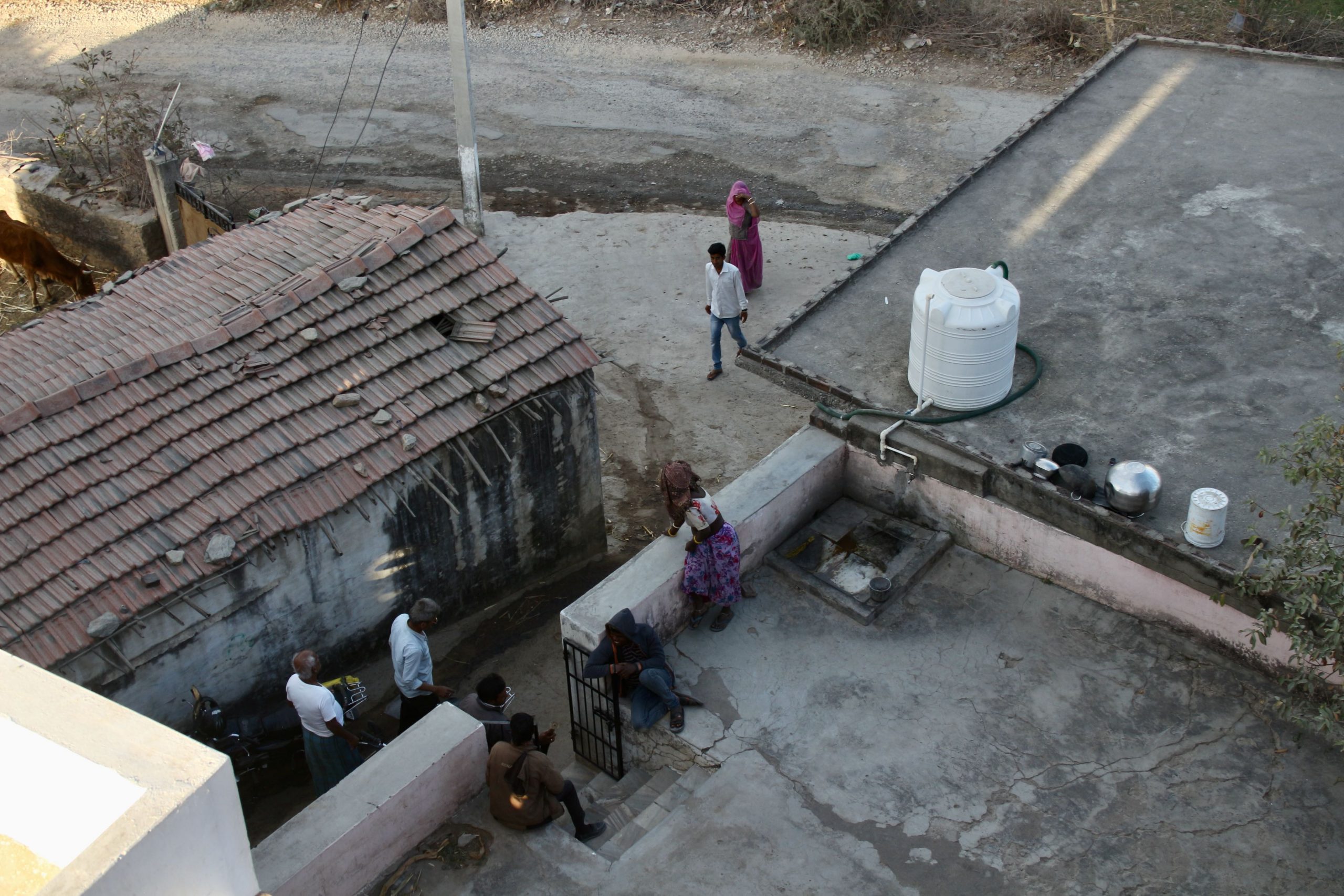 looking down
looking down
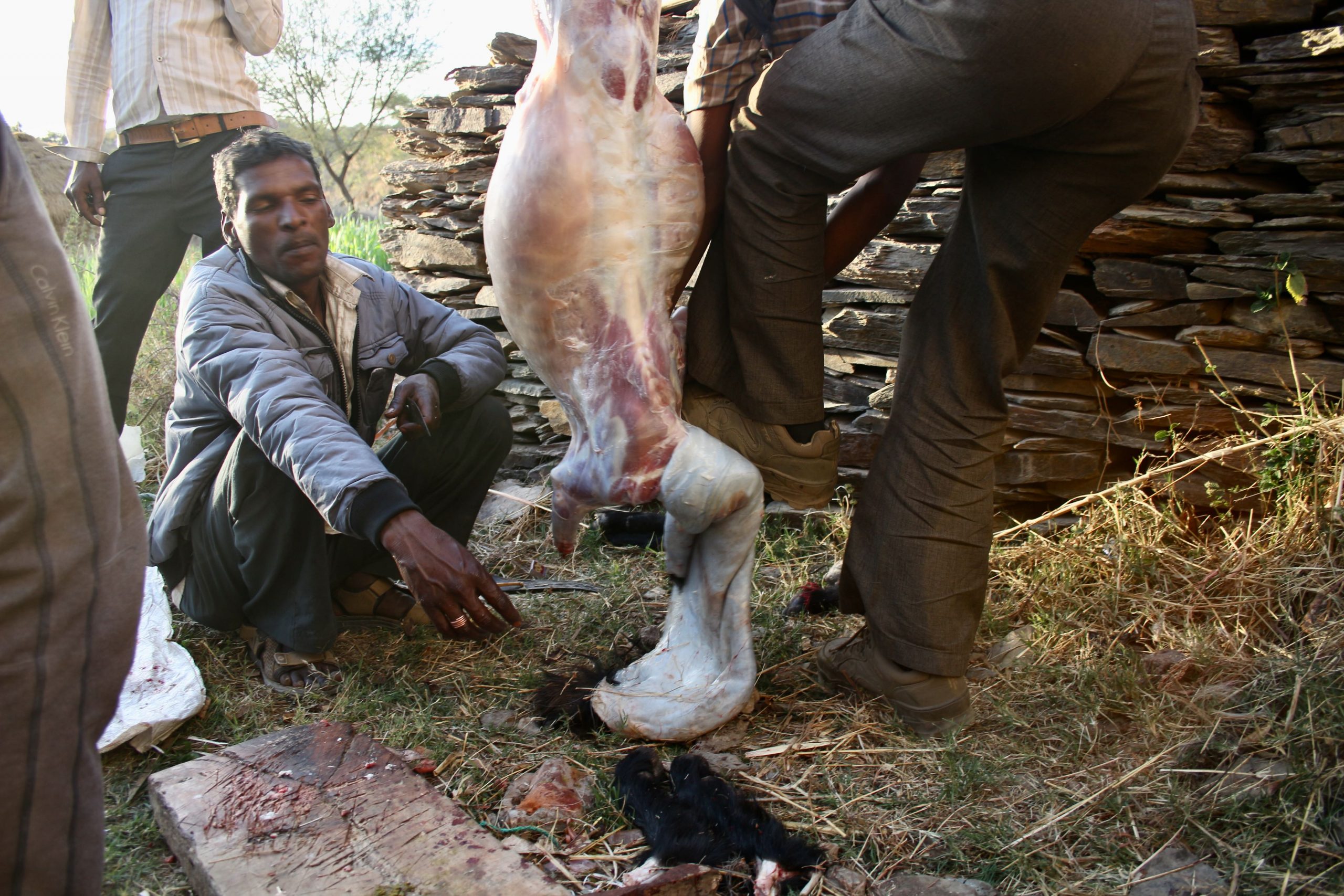 first flaying
first flaying
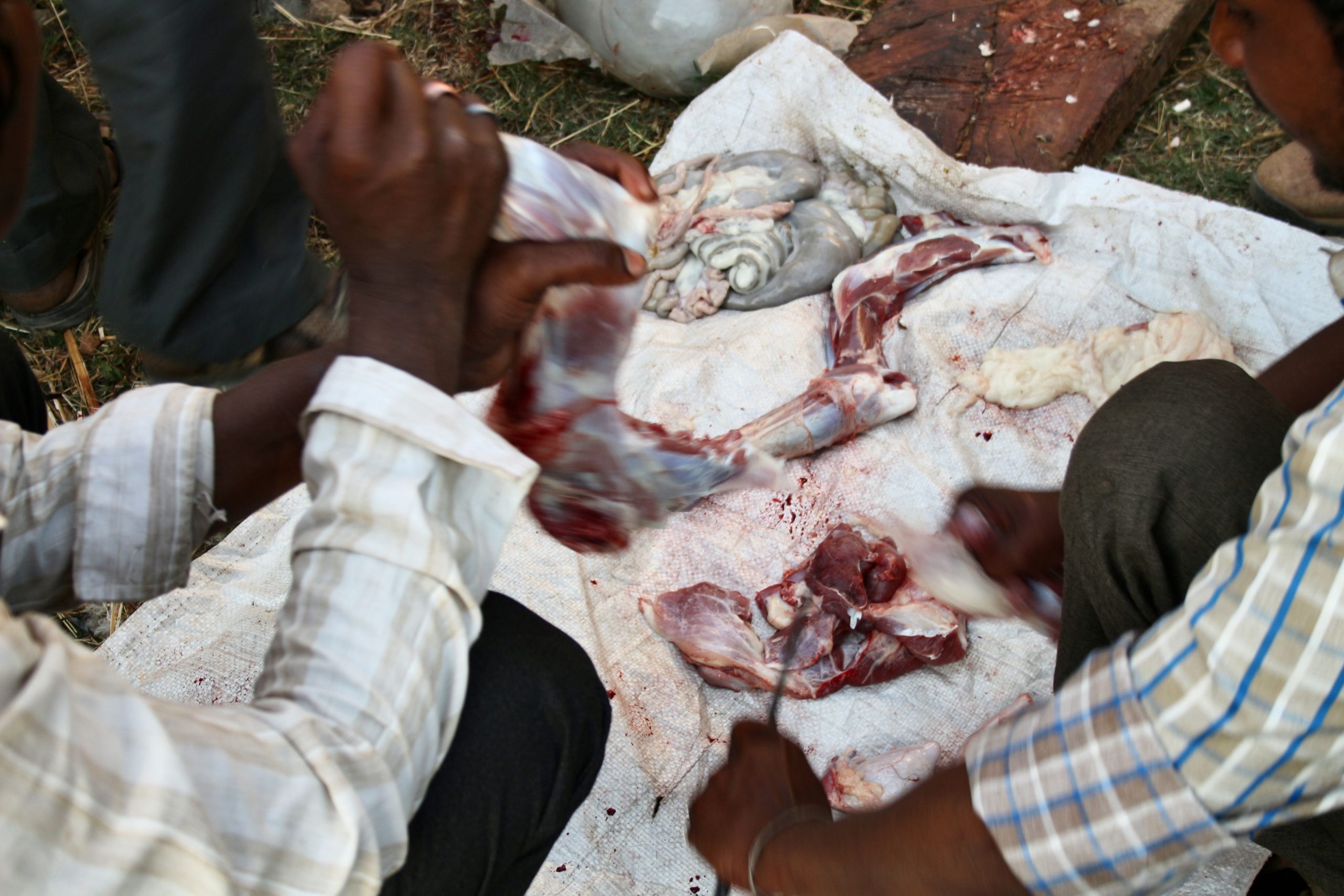 Then splitting
Then splitting
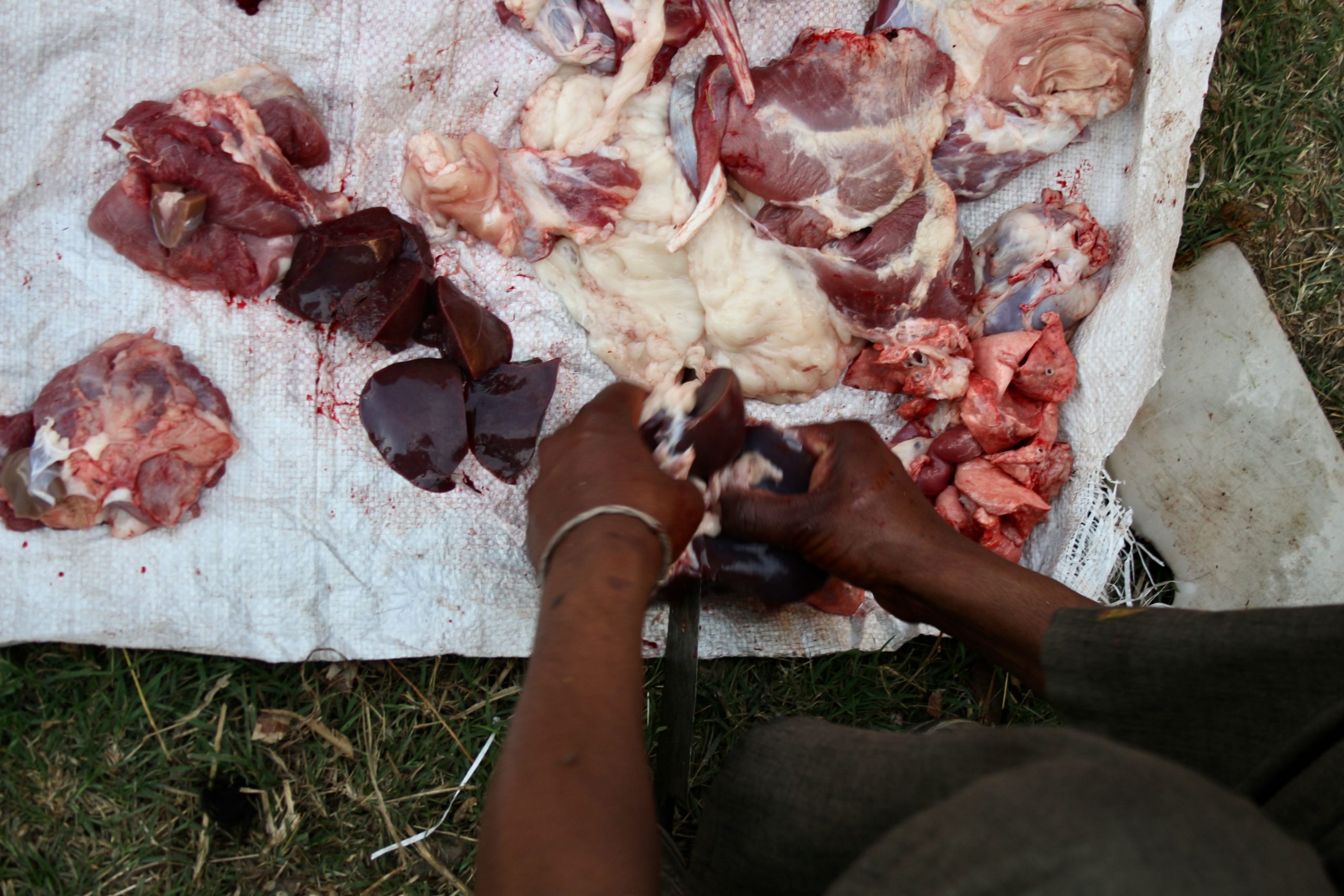 Everything was neatly sorted and shared
Everything was neatly sorted and shared
And then it was distributed into piles that were as equal as possible (see at the top).
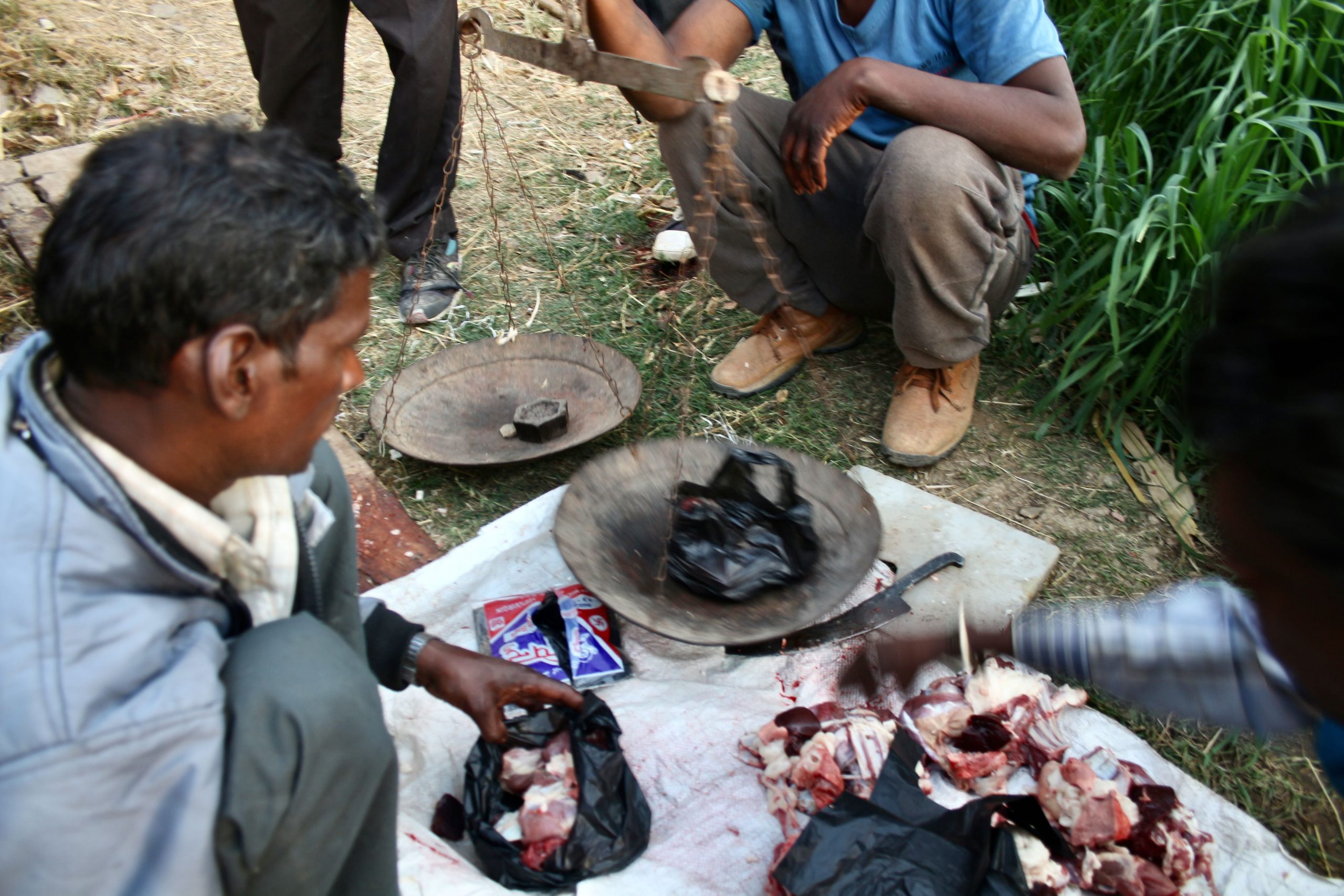 The portions are weighed
The portions are weighed
The buyers gave the clerk their name and weight. He wrote everything down, the people left with their goods – and paid the meat seller at another time.
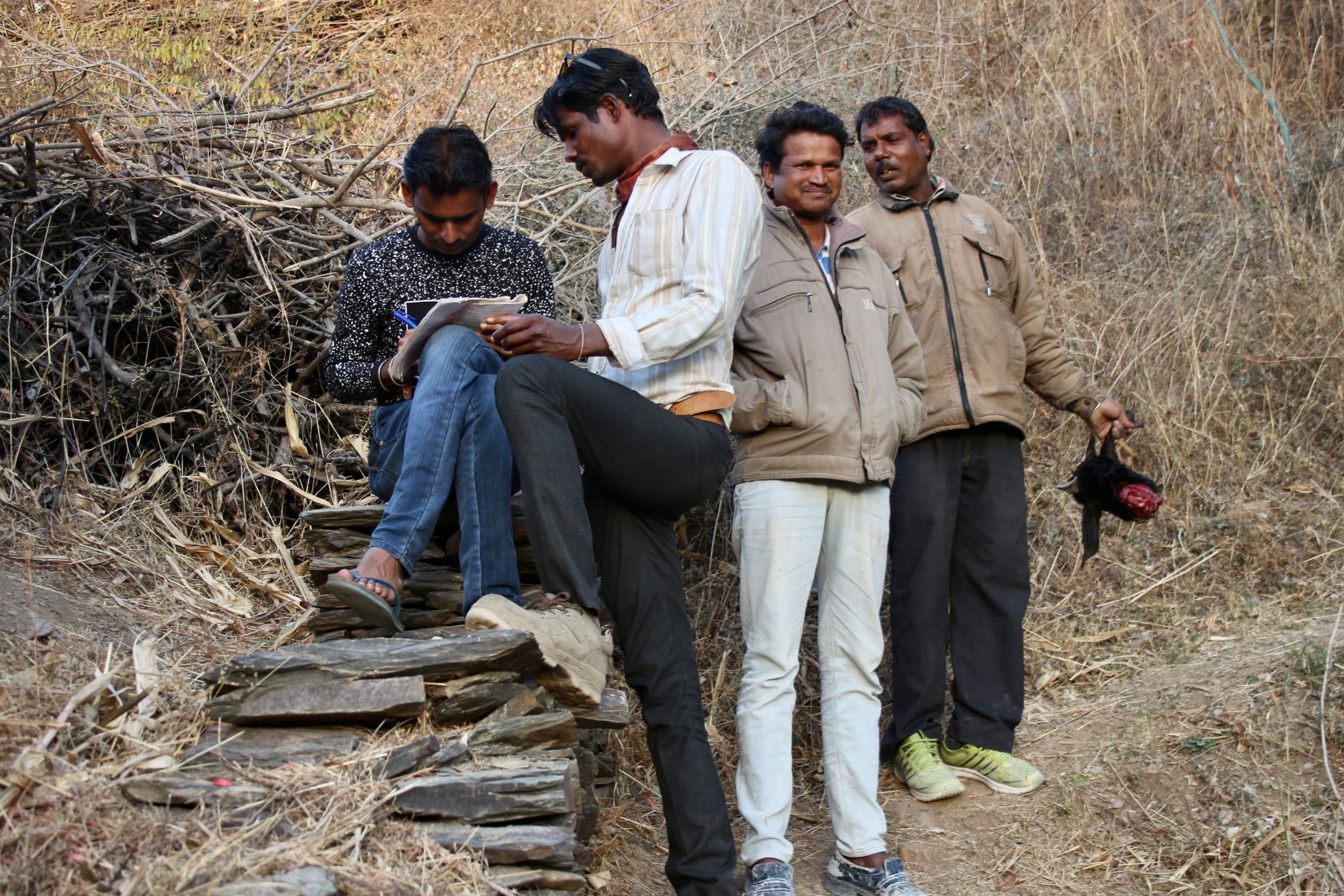 taking notes
taking notes
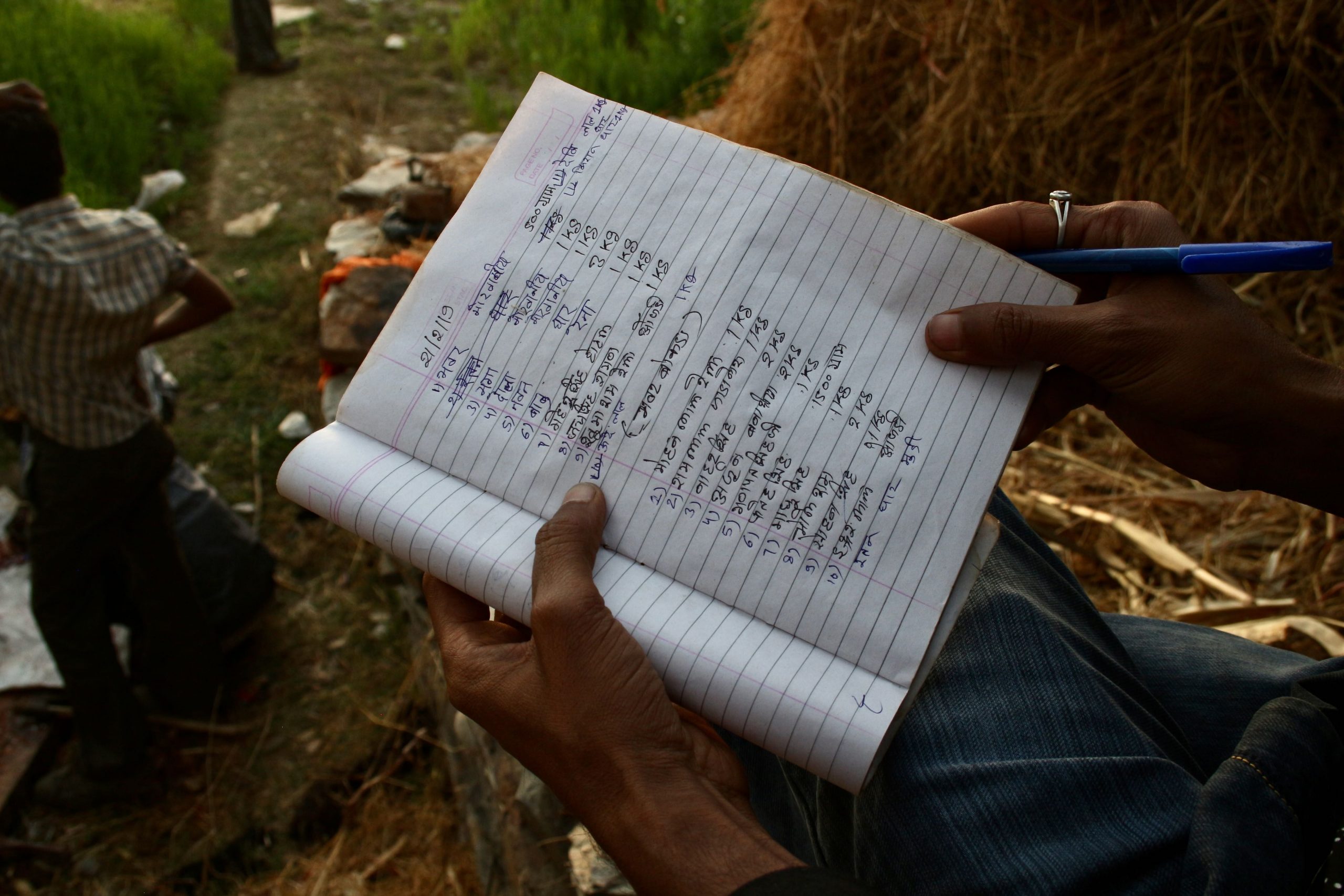 Notes
Notes
On the one hand, it’s not particularly spectacular and you could get the information without being there. But I love it: sitting right next to it, putting it all together or getting the information (if someone speaks English), taking my visual notes with the camera (everyone thought it was OK, only the butcher didn’t want me to have his face on it – and so you can’t see him in the pictures) and feeling the atmosphere. Just sharing a little bit of everyday life somewhere else.
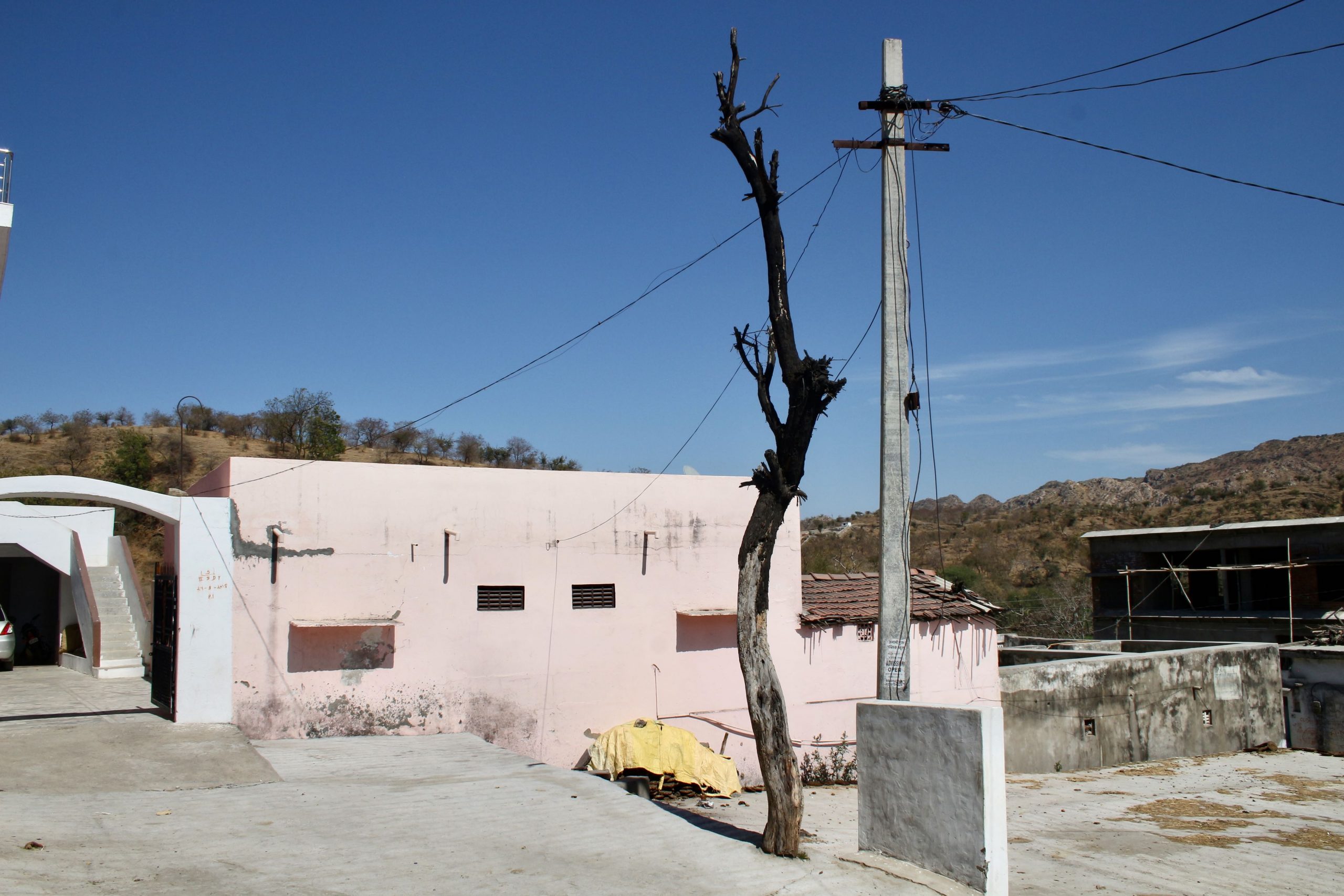 part of village
part of village
And when you stop at a village like this, you never know what you will experience, what pieces of the puzzle for your own image of India will present themselves here. You can’t plan for it, but you can increase your chances by visiting villages and looking around with interest.
